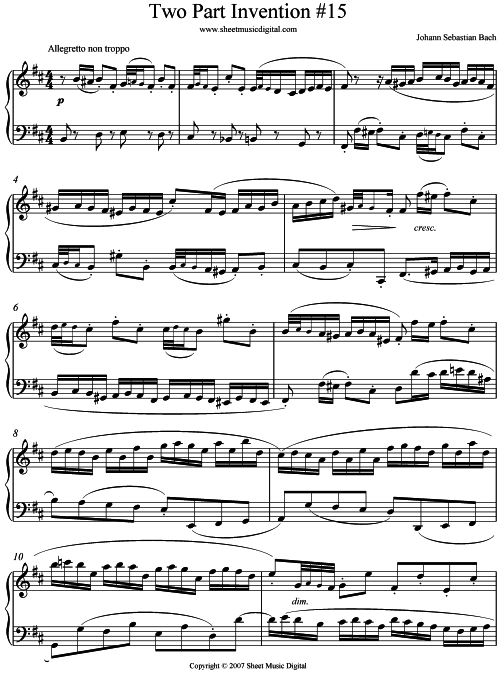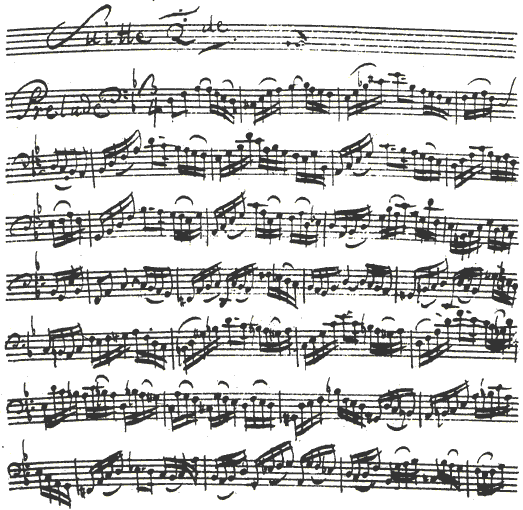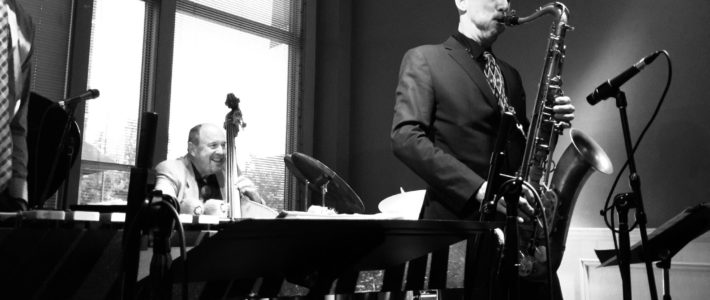Lesson 32: Bach – Minor V7 – i

Here’s another beautiful melody from the Bach 2 part inversions that comes from the harmonic minor scale. In this lesson I sing the phrase in one key (concert Ab minor) and then play it through all 12 keys. I really

Free Jazz Education and Music

Here’s another beautiful melody from the Bach 2 part inversions that comes from the harmonic minor scale. In this lesson I sing the phrase in one key (concert Ab minor) and then play it through all 12 keys. I really

In lesson 31 we’ll take a small melodic fragment from the Bach 2 part inversions and both play it and sing it through the diatonic chords found in concert Eb major. I enjoy taking a small phrase from any number

Since I developed carpal tunnel syndrome in 1990, I began to sing as a way of practicing the saxophone without using my hands. After my operation, I could not use my hands to play the sax for 4 months so

This is a melody taken from the harmonic major scale. The b6 mode of harmonic major outlines a major 7 chord with a #5, a #9 and a #11. The melodic line starts with a simple “shell voicing” (the root,

I finally finished my first book on jazz improvisation. After years of practice journals and outlines for the ultimate jazz tome, I finally realized that I’m not Mick Goodrick or Hal Crook (no matter how much I practice) and in

In lesson 20 and 21 we worked on using chromatics as melodic material over specific harmony. Continuing along these lines, this exercise is another ii-7 – V7- Imaj7 using the chromatic scale. The melody ascends from the minor 3rd

Although we all practice chromatic scales over the years, sometimes it’s challenging to actually use them as convincing melodies while improvising. One thing I’ve noticed is that every other note of a chromatic scale creates a whole tone scale, and

Here’s a short melody I worked out using minor 3rds descending by half steps. It works well as a V7 to i minor cadence and after the descending minor 3rd passage I added a short 5 note minor melody to

Using unusual modes from scales can help produce some interesting melodies. This major #9 #11 melody comes from the 6th mode of harmonic minor (i.e. Ab to Ab from C harmonic minor). This mode is a wonderful substitution for Lydian

Using bigger intervals when improvising can help create an interesting contrast to your linear ideas. This is a melody comprised of a spread triad in 2nd inversion and 2 upper-structure “tensions”; the 11th and the 9th. These melodies are played

Here is a simple melody that will help you hear diminished as diminished, not merely as a dominant 7(b9). This is fairly easy idea that is played through the keys around the circle of fourths starting in concert C. It’s

Playing larger intervals can help to break up more linear ideas in a creative way that still sounds melodic and outlines the harmony clearly. This exercise in comprised of consecutive 5ths through Lydian, so it will work well over Major